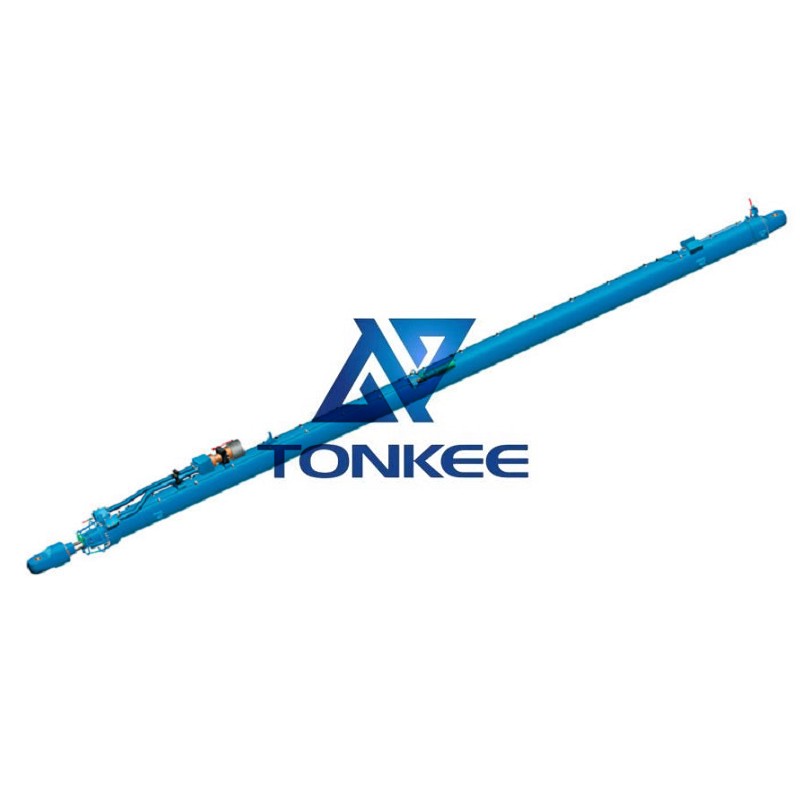
A riser tensioner cylinder with a 560mm diameter typically has a substantial physical presence.
The cylinder's length can vary depending on the specific application and manufacturer, but it is generally designed to provide sufficient stroke length to accommodate the vertical movement of the drilling rig relative to the seafloor. The diameter of 560mm indicates the internal bore size, which determines the hydraulic capacity and load-bearing capability of the cylinder.
Material and Construction:
Riser tensioner cylinders are typically constructed from high-strength materials such as alloy steel to withstand the harsh offshore environment, including exposure to seawater and corrosive elements. These cylinders are engineered with precision to ensure durability, reliability, and long service life. The internal components, such as seals and pistons, are designed to operate efficiently under high pressures and continuous load conditions.
Load Capacity:
The load capacity of a riser tensioner cylinder is a critical specification. A 560mm cylinder is capable of exerting a substantial amount of force to maintain tension on the riser. The specific load capacity will depend on the hydraulic pressure applied to the cylinder, but it can be several hundred tons or more. This capability is essential for safely managing the dynamic forces acting on the drilling riser during offshore drilling operations.
Stroke Length:
The stroke length of a riser tensioner cylinder refers to the maximum distance it can extend or retract. This specification is vital because it determines the range of vertical motion that the cylinder can accommodate. A longer stroke length allows the tensioner system to compensate for greater variations in sea state and drilling rig movement. The stroke length can vary depending on the design and requirements of the offshore drilling operation.
Hydraulic System:
Riser tensioner cylinders are typically operated hydraulically, with a dedicated hydraulic system providing the necessary pressure to control the cylinder's movement.
The hydraulic system includes components such as pumps, valves, hoses, and reservoirs. Proper design and maintenance of the hydraulic system are crucial to ensure the cylinder functions effectively and safely.
Safety Features:
Safety is a paramount concern in offshore operations. Riser tensioner cylinders may incorporate various safety features, such as pressure relief valves to prevent overloading, emergency shutdown mechanisms, and redundant systems to ensure continued operation even in the event of component failures. These safety features are designed to protect personnel and equipment in the challenging offshore environment.
Mounting and Integration:
Riser tensioner cylinders are typically integrated into a tensioner system that includes sheave wheels, wire ropes, and other components. The cylinder must be securely mounted to the drilling rig structure to ensure proper alignment and operation. Manufacturers provide detailed specifications for mounting and integration to ensure compatibility with different rig designs.



 English
English Türkçe
Türkçe


